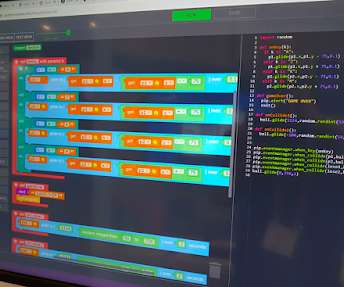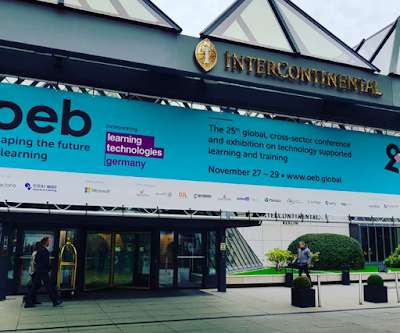Course Creators Guide to Copyright and Intellectual Property
BrainCert
JULY 26, 2023
Intellectual Property (IP) includes intangible creations such as inventions or ideas that may be eligible for certain legal protections depending on local laws or international treaties. Based on these factors, you can evaluate each situation on a case-by-case basis before deciding whether your use falls under Fair Use guidelines.












































Let's personalize your content